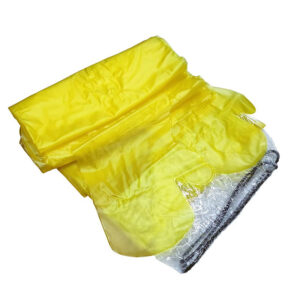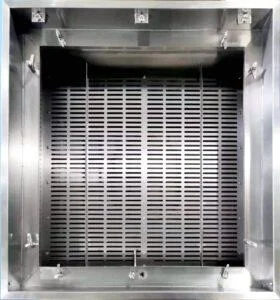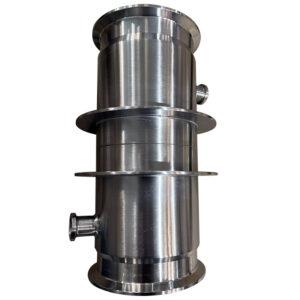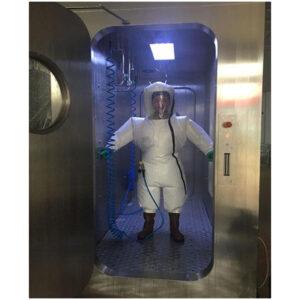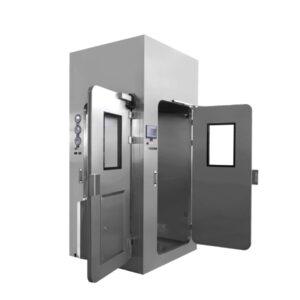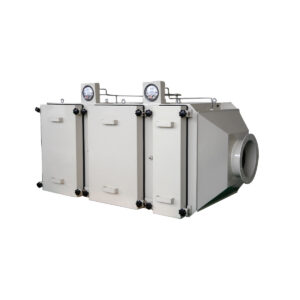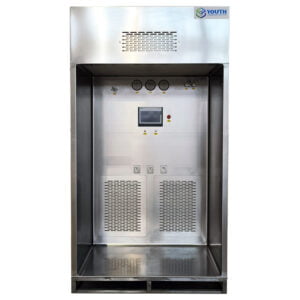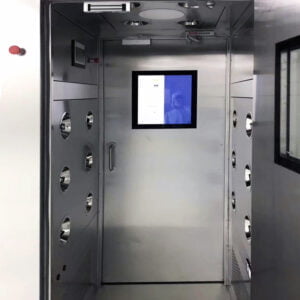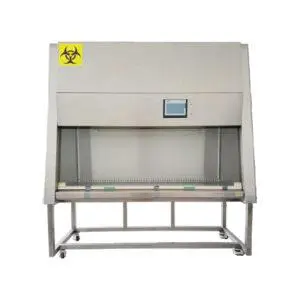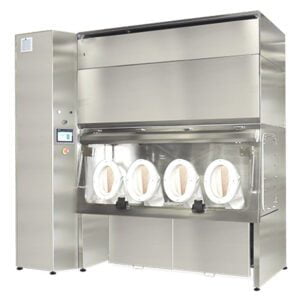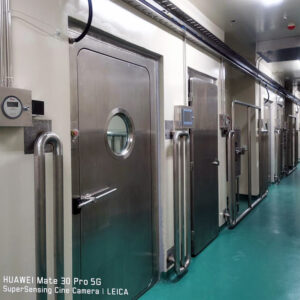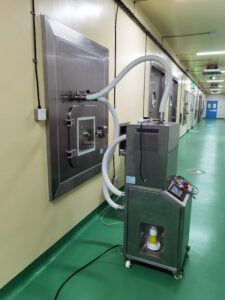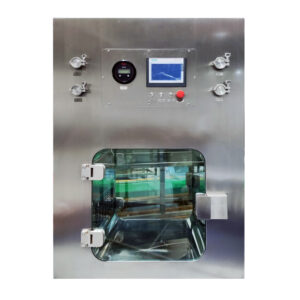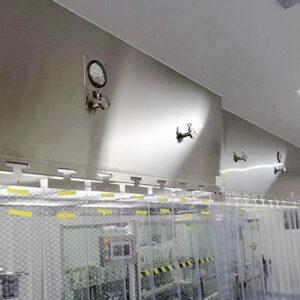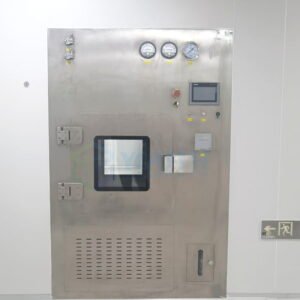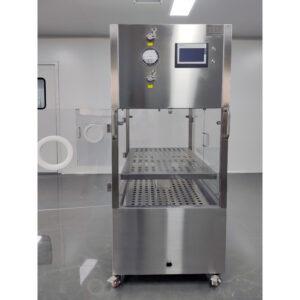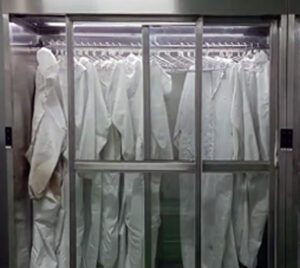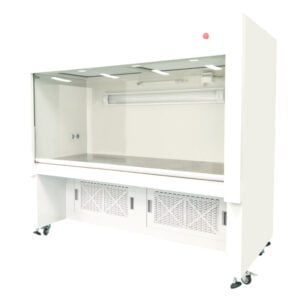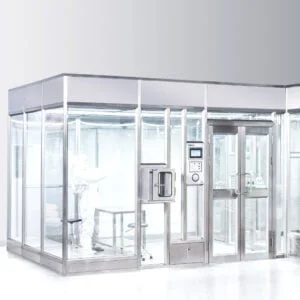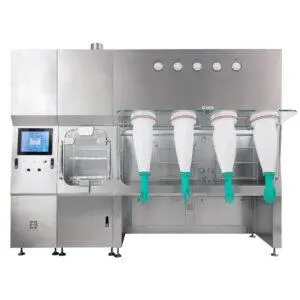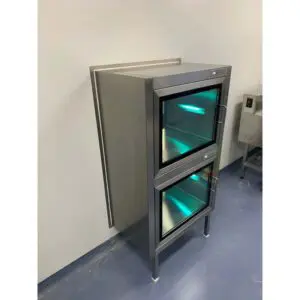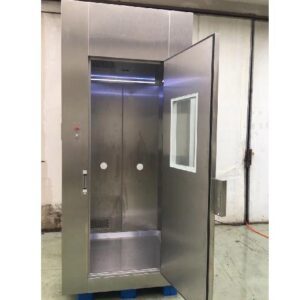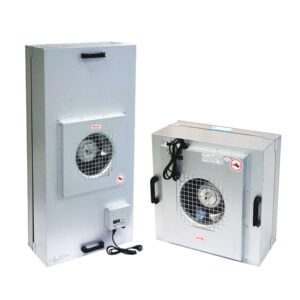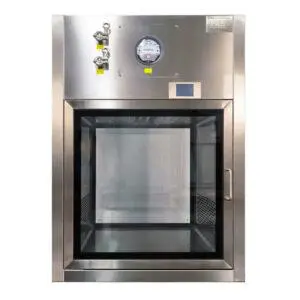In today’s highly regulated pharmaceutical and biotech industries, maintaining the integrity of sterile environments is paramount. A vital component of these controlled spaces is the Vaporized Hydrogen Peroxide (VHP) passbox – a device that serves as a gatekeeper, preventing contamination during the transfer of materials. Central to its function is the VHP passbox filter, a part that needs periodic replacement to ensure the highest standards of decontamination. This article discusses the timing and tips for replacing your VHP passbox filter, an essential step in maintaining a pristine environment.
Understanding the VHP Passbox Filter’s Role
Before delving into replacement schedules, it’s important to comprehend the filter’s role. The VHP passbox filter traps particles and microorganisms, ensuring that only sterilized materials pass through. It endures exposure to VHP, making durability a key feature but not infinite, necessitating regular assessments and replacements.
Signs It’s Time to Replace
- Increased Particle Counts: Routine monitoring may show an uptick in particle counts within the passbox, suggesting the filter’s efficacy is waning.
- Extended Sterilization Cycles: If the sterilization process takes longer to achieve the desired log reduction in bioburden, consider inspecting the filter.
- Visual Inspections: Physical damage, such as tears or warping, indicates immediate replacement to prevent breaches in sterilization.
- Elapsed Service Life: Filters have a manufacturer-recommended service life. Adhering strictly to these guidelines can preempt performance deterioration.
Replacement Timing and Frequency
The ideal replacement timing can vary based on the operational intensity and the manufacturer’s guidelines. However, a general rule is to inspect filters every 6 months and replace them annually or after 100 cycles of VHP exposure, whichever comes first.
Steps for Replacement
- Prepare: Gather the appropriate equipment and replacement filters. Ensure personnel are trained and equipped with proper protective gear.
- Decontaminate: Before changing the filter, decontaminate the passbox to protect workers and maintain cleanliness.
- Remove and Dispose: Carefully remove the used filter and dispose of it following hazardous waste protocols due to its exposure to VHP.
- Install New Filter: Place the new filter correctly, ensuring a tight seal to prevent any bypass of unsterilized air.
- Test After Replacement: Conduct immediate testing to confirm that the new filter operates effectively and achieves required sterilization benchmarks.
Final Thoughts
Regular maintenance of your VHP passbox filter is not merely a technical necessity; it is a commitment to uphold the sanctity of sterile environments. Timely replacement ensures the continuous protection of critical processes against contamination. Remember, the benefits of impeccable sterilization protocols are immeasurable, contributing to product safety, regulatory compliance, and ultimately, public health
Related Contents:
- Bag-In/Bag-Out (BIBO) Systems: Operation and Maintenance Guide
- Ultimate Guide to VHP Passbox Cleaning in Controlled Environments
- How to choose VHP Passbox?
- User Manual Insights: Getting the Most Out of Your VHP Passbox
- The Comprehensive Guide to Bag-in-Bag-Out (BIBO) HEPA Filter Replacement
- How to Replace Aerospace Cleanroom Filters for Optimal Air Quality
- Operating Your VHP Passbox: Best Practices and Efficiency
- Essential Maintenance Tips for Your VHP Passbox
- The VHP Passbox Decontamination Process Explained


